The benefits of processing customer feedback are significant. Businesses that create programmatic processes around collecting and interpreting it have more visibility into their markets and prospects.
Feedback can then be prioritized by urgency and technical criticality, tagged for searchability, analyzed, and funnelled to the appropriate people and projects, ultimately resulting in better, more customer-centric products and services.
Let’s take a look at the main way to organise customer feedback.
Centralized Feedback Collection
Product teams need visibility into data and context around feedback to make successful moves. Here’s how to consolidate all incoming customer comments from various sources into a single, organized, and easily accessible location that streamlines collection and analysis:
- Identify all customer feedback channels.
- Actively collect feedback from these channels.
- Establish a central repository or database where all feedback is stored.
- Develop a standardized method for feedback entry.
- Implement a workflow to efficiently handle incoming feedback.
- Automate feedback collection from digital channel
- Implement a tagging or categorization system to label feedback with keywords, themes, or attributes.
Categorizing and Tagging Feedback
Categorizing and tagging feedback involve systematically organizing and labelling customer feedback based on specific criteria, themes, or attributes, so that it’s easier to analyze, prioritize, and take action on.
Product teams should be quick to leverage automation tools for categorization and tagging, and build repeatable processes to review classifications for accuracy and prioritization. This makes it simple to generate reports and dashboards, gain clear insights from categorized feedback, visualize issues, easily search and retrieve specific comments, and share analyses and actionable steps with relevant teams.
This systematic approach makes all feedback significantly more usable, and ultimately, more valuable to the business.
Prioritizing Feedback
Start by collecting comprehensive feedback from various sources, including customer support, surveys, reviews, and direct customer interactions.
You should define clear criteria for prioritizing feedback. Consider:
- Will addressing this feedback improve customer satisfaction?
- How frequently is the same or similar feedback being submitted?
- What is the general customer sentiment of all feedback?
- How do the issues and comments that surfaced align with business goals and technical feasibility?
Next, develop a structured framework or scoring system that assigns values or weights to each of the criteria—this provides an objective basis for evaluating and ranking feedback. with the necessary teams, make action plans for high-priority items, and track progress.
We wrote an article that talks exactly about this!
How to Prioritize Feedback From Different Sources and Stakeholders
Different internal partners and sources should have varying levels of influence via the feedback they give, and their inputs should be considered with a handful of things in mind, including:
- Alignment with business goals
- Impact on customer time-to-value and ROI
- Current market demands
- Technical feasibility
- Available resources
- Data-backed evidence
- Potential risks and compliance
- Relevance to customer/prospect personas
Best Practices: Feedback Analysis and Gathering Insights
As you move through feedback analysis and search for valuable inputs, remember to focus on the following:
- Diverse feedback from various sources
- Quantitative data, such as the frequency of specific mentions
- Qualitative insights, like sentiment
- Feedback themes, patterns, and trends
- Context, like unique circumstances and scenarios
- Positive feedback, to highlight what’s working for users
- Negative feedback, tied to customer pain points
- Always consider the feedback’s impact on customer satisfaction and business objectives. Assess which issues or suggestions have the most significant potential to improve the customer experience or align with your strategic goals.
How to Analyze Feedback to Extract Insights From Data
When working with a lot of numerical data feedback, the general rules of categorization and prioritization apply—but special considerations need to be made to get the most out of every input.
- Ensure that the feedback being collected is structured and standardized
- Once feedback is collected, making it useful requires sorting it out. It’s the critical step that makes it possible to prioritize comments or issues, and that provides initial, broad insights into what’s going on with a particular product or feature. Remember: context matters!
- Use customer feedback to create personas. Think of it as a roadmap for decision-making, and use it to create clear, doable plans that outline exactly what needs to be done, who’s responsible, and when it should happen.
- Collect, centralize, and prioritize feedback. It should be crystal clear at this point that collecting and systematically organizing diverse feedback from various sources is paramount, and that tagging feedback to better understand its nature and context is necessary to deliver what customers need and how quickly they need it.
- Segment users to understand needs and pain points. It’s necessary to segment the user base into distinct personas—first, in order to tailor product improvements to specific preferences and needs; and second, to gain a more holistic understanding of customer requirements and plug them into the product roadmap.
- Align with product strategy. Ensure that the feedback aligns with the overarching product strategy and business objectives. Feedback should contribute to the achievement of strategic goals, not deviate from them. Group similar feedback items into broader themes or initiatives to organize and visualize how feedback aligns with the company’s strategic direction.
How you can use Zefi to skip every step above and make the most out of stakeholder and customer feedback
Zefi simply connects with every kind of source of feedback you might have, internal and external, in minutes. You can also drag and drop user interviews and surveys in any format you’d like to have included in your feedback storage.
Zefi gives a precise structure to anything and then helps you categorize and tag the datapoints in seconds, suggesting topics and letting you create yours. You can give different weights to different sources, ignore them completely or treat something as high priority and high impact. Zefi will also learn directly from your product vision and strategy and analyze automatically every piece of feedback, grouping them together and nudging product teams in the right direction.
Product discovery has never been that easy! Sign up now!









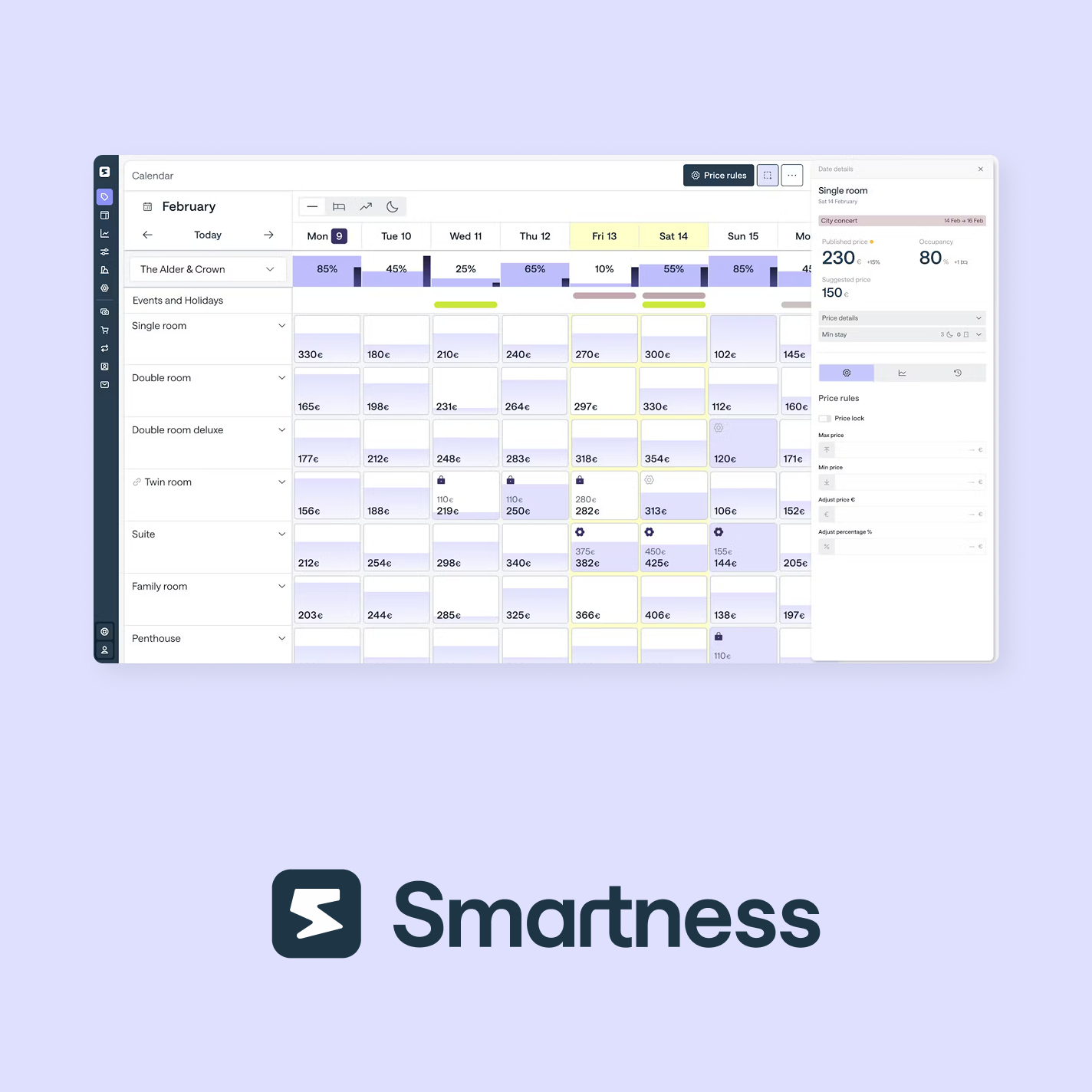




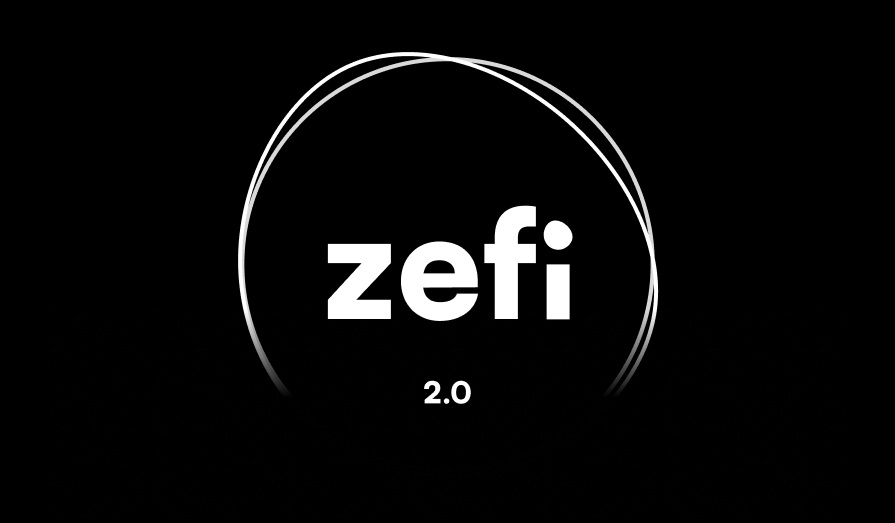





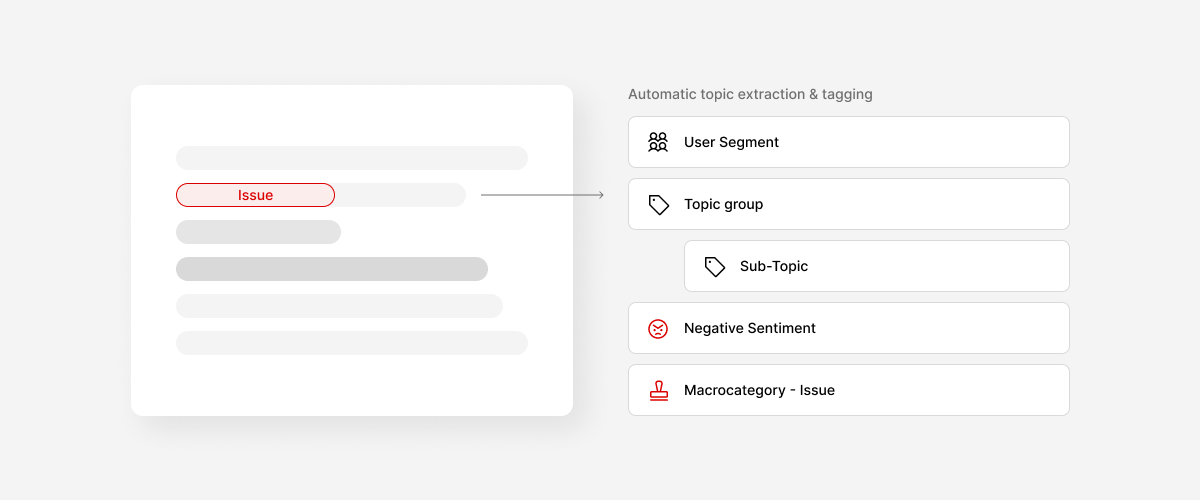
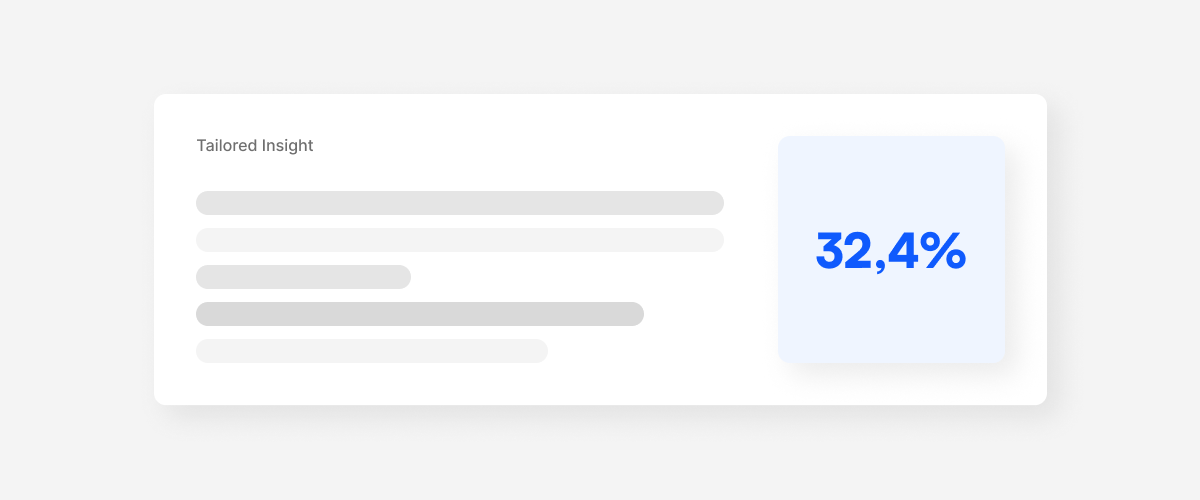
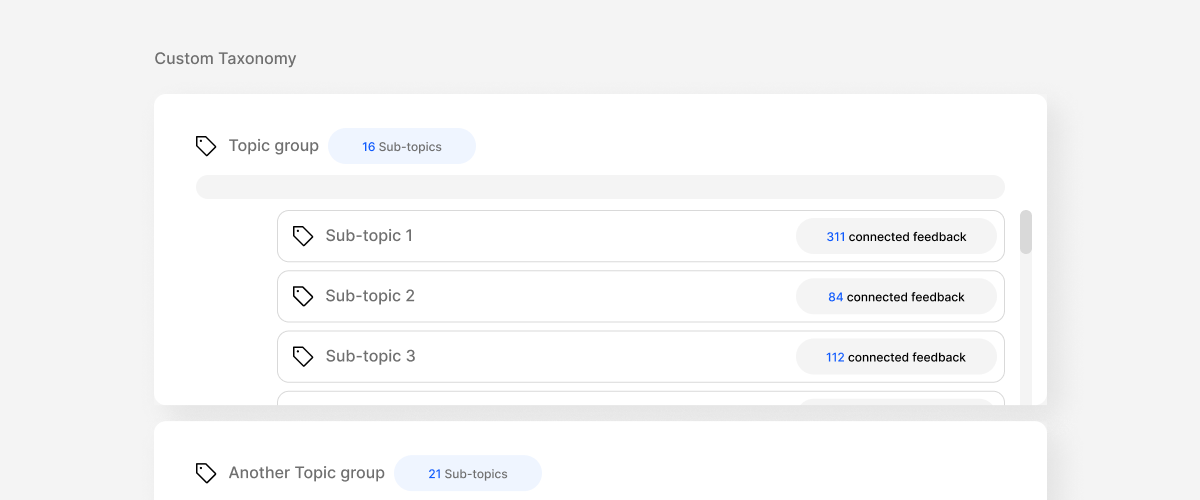
%20useless.png)



